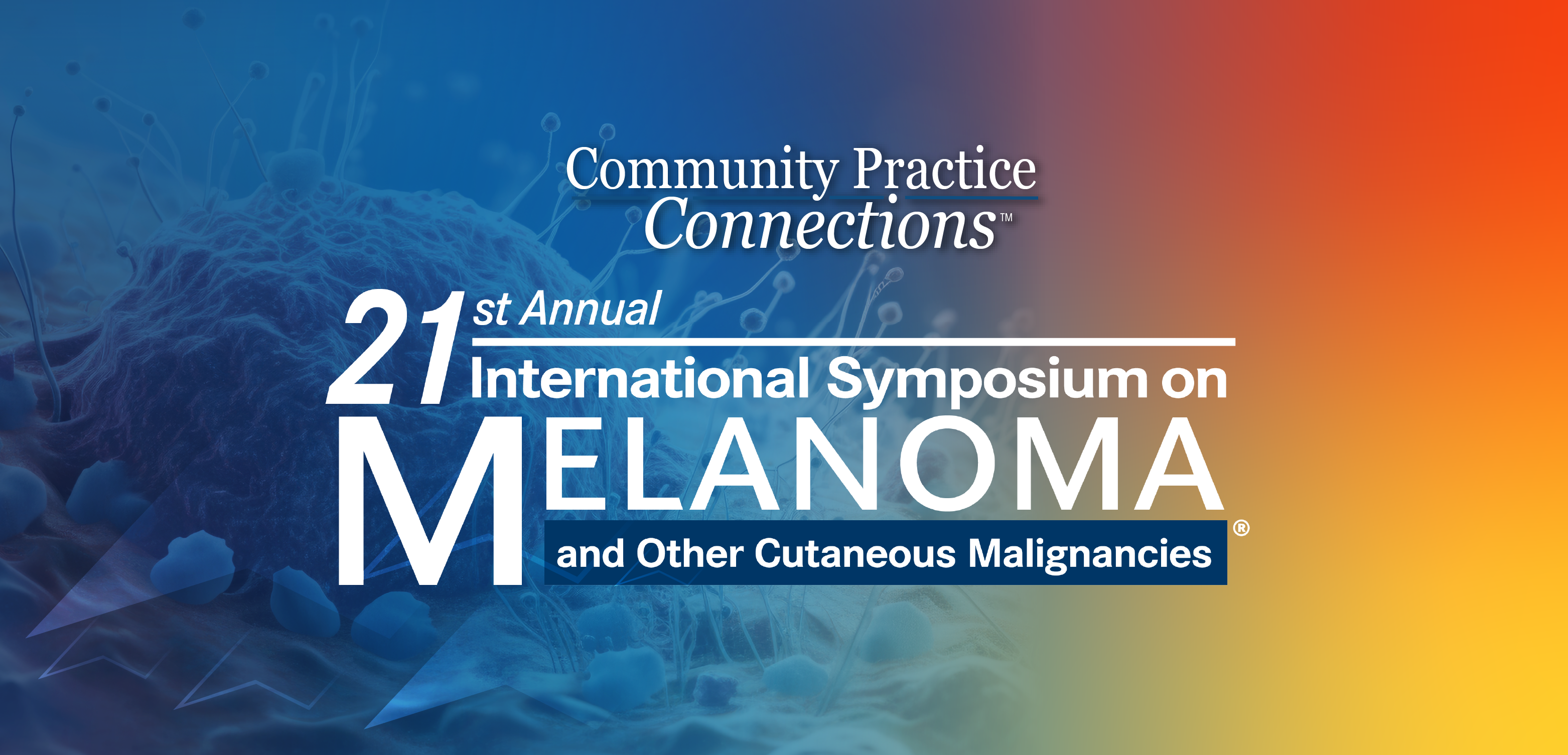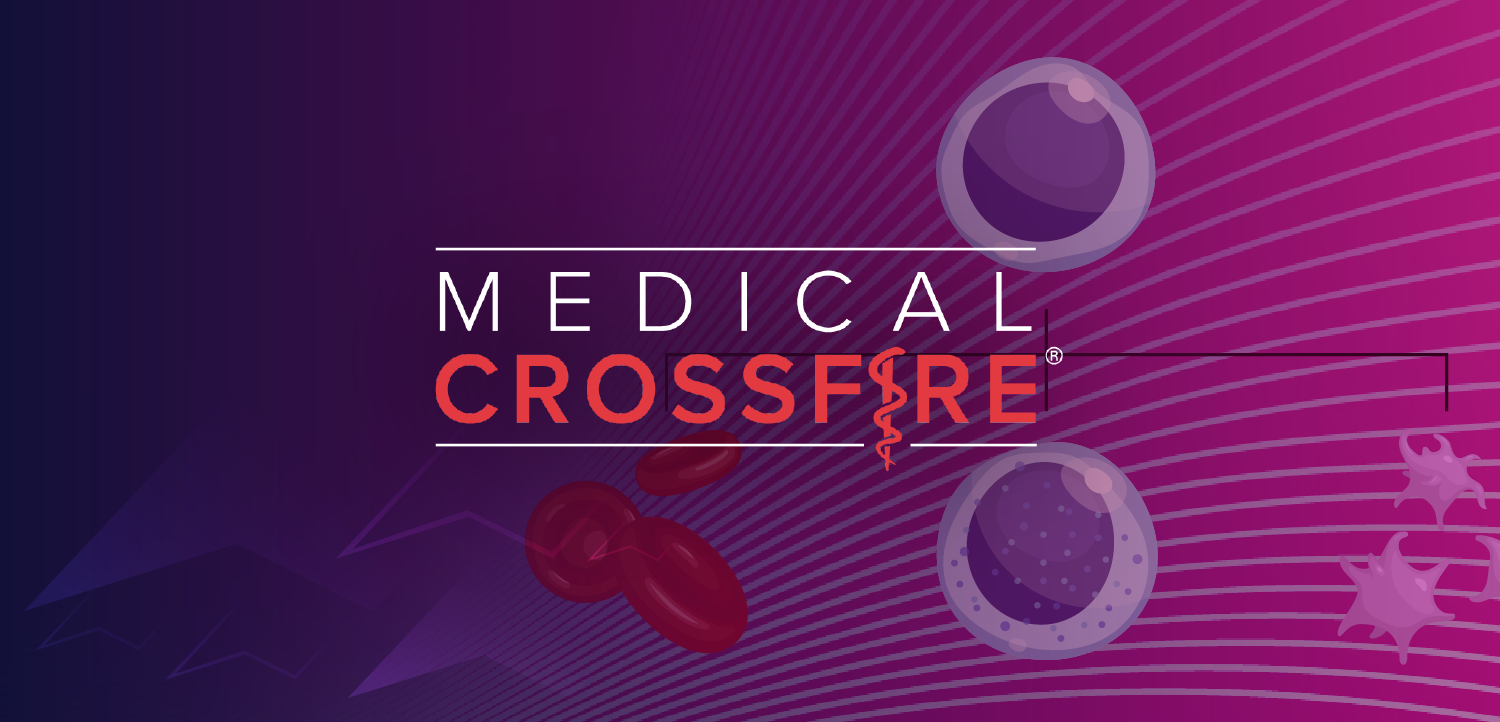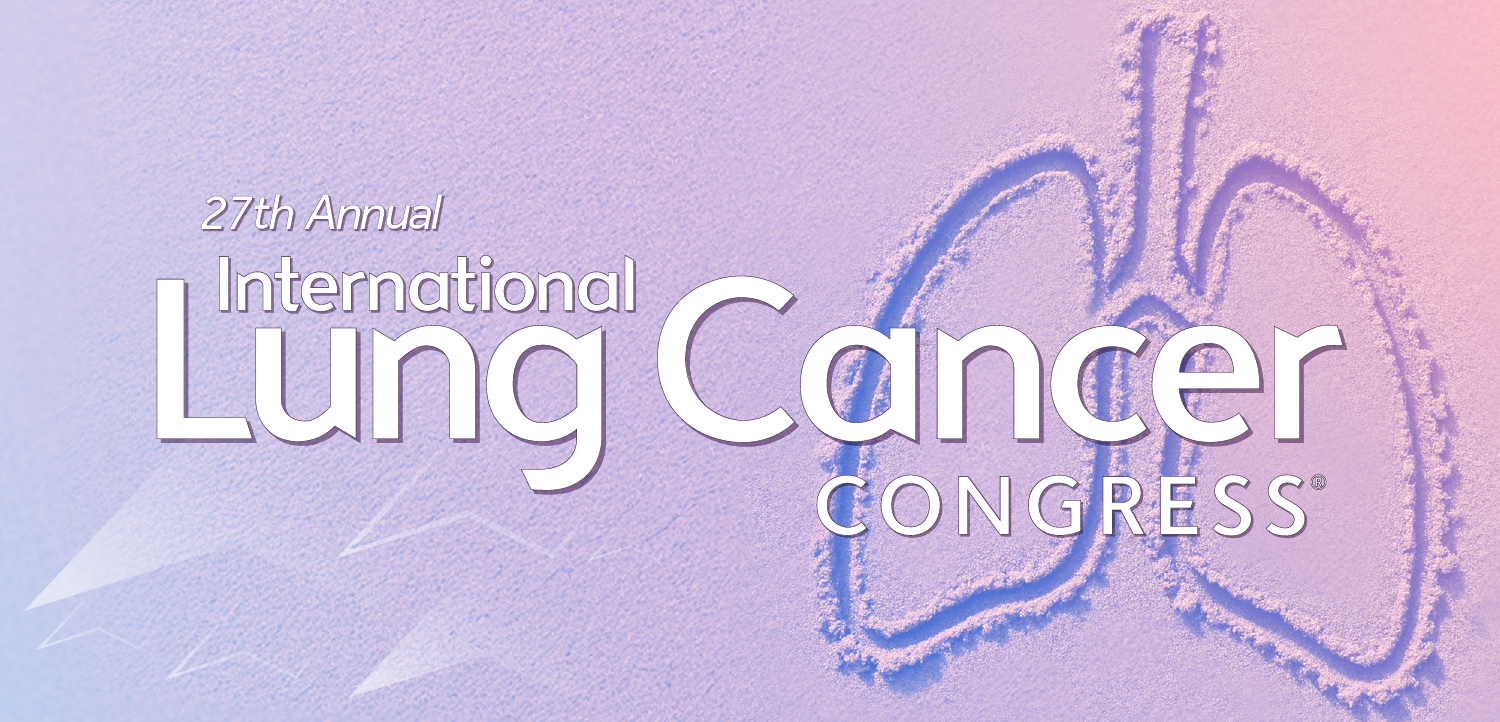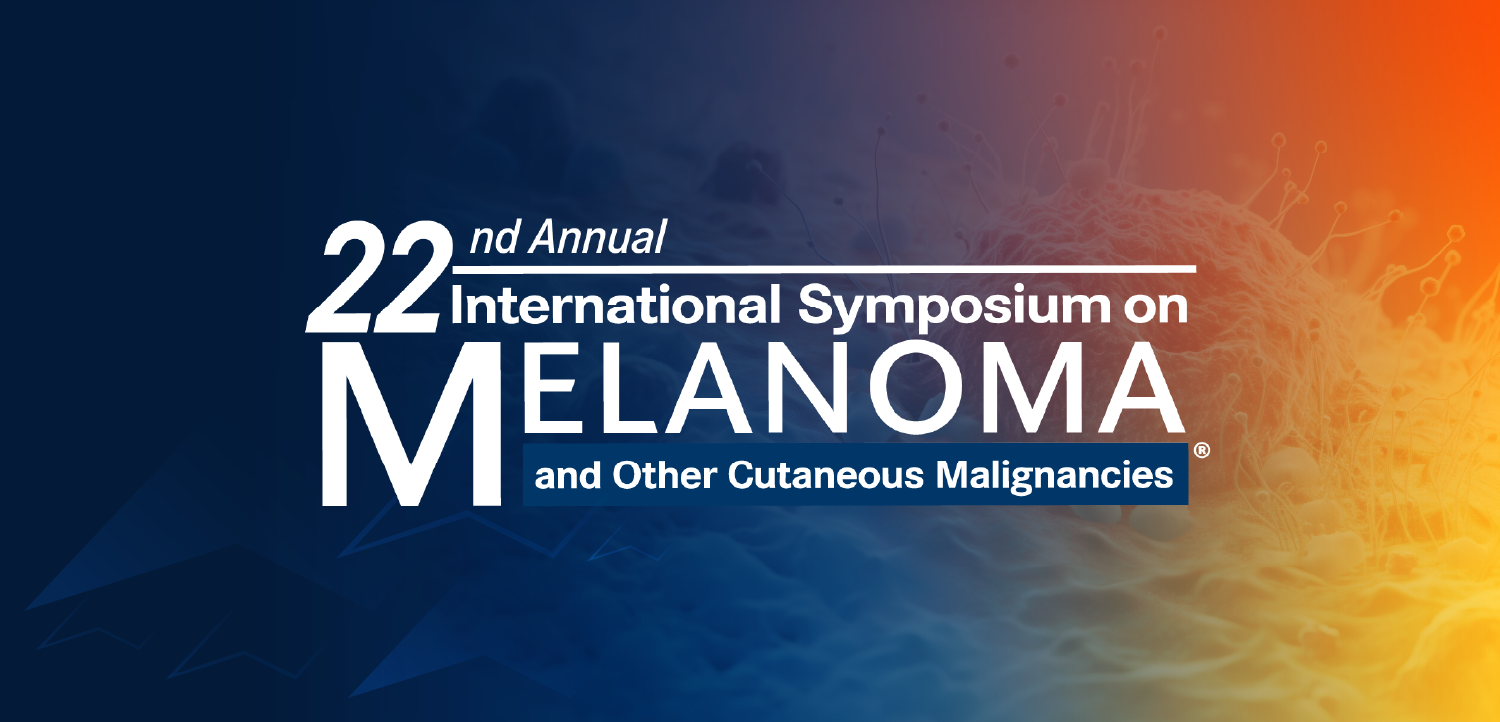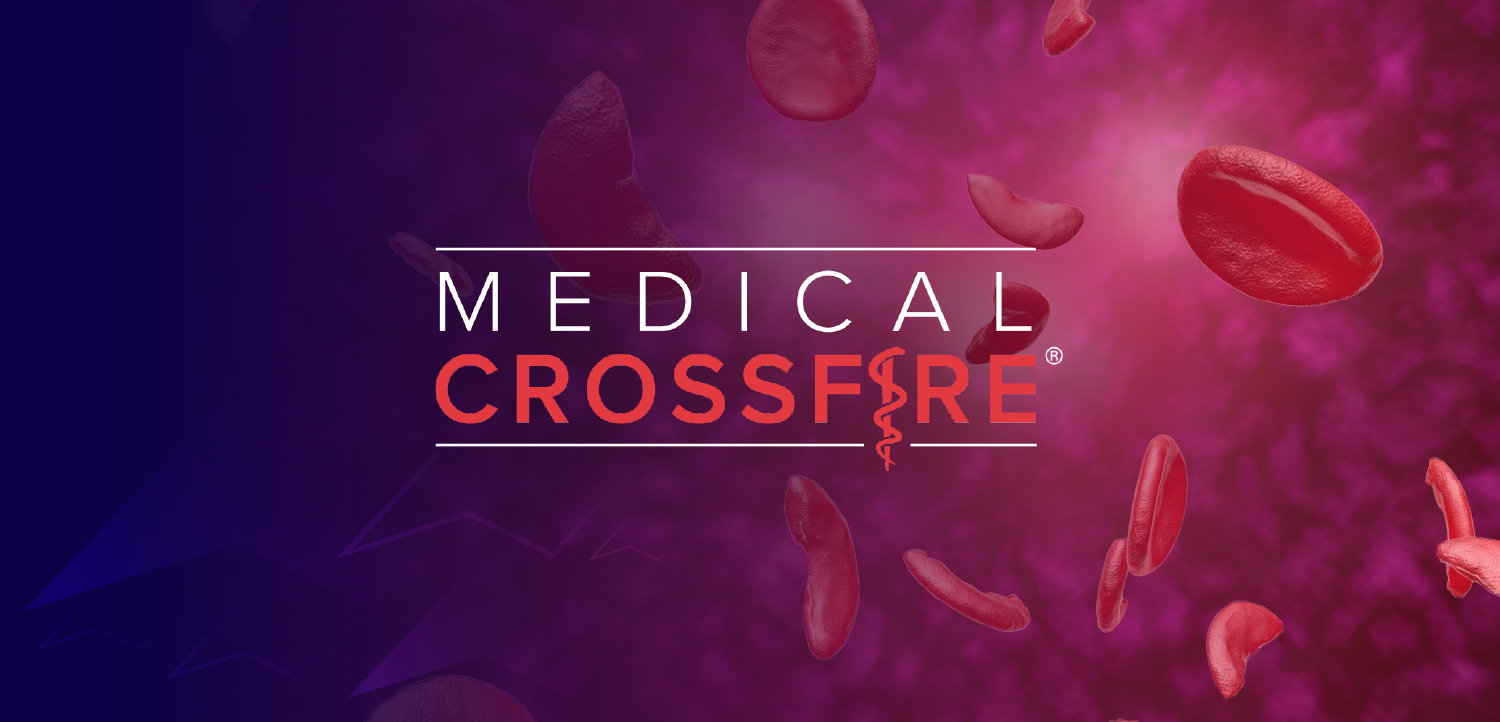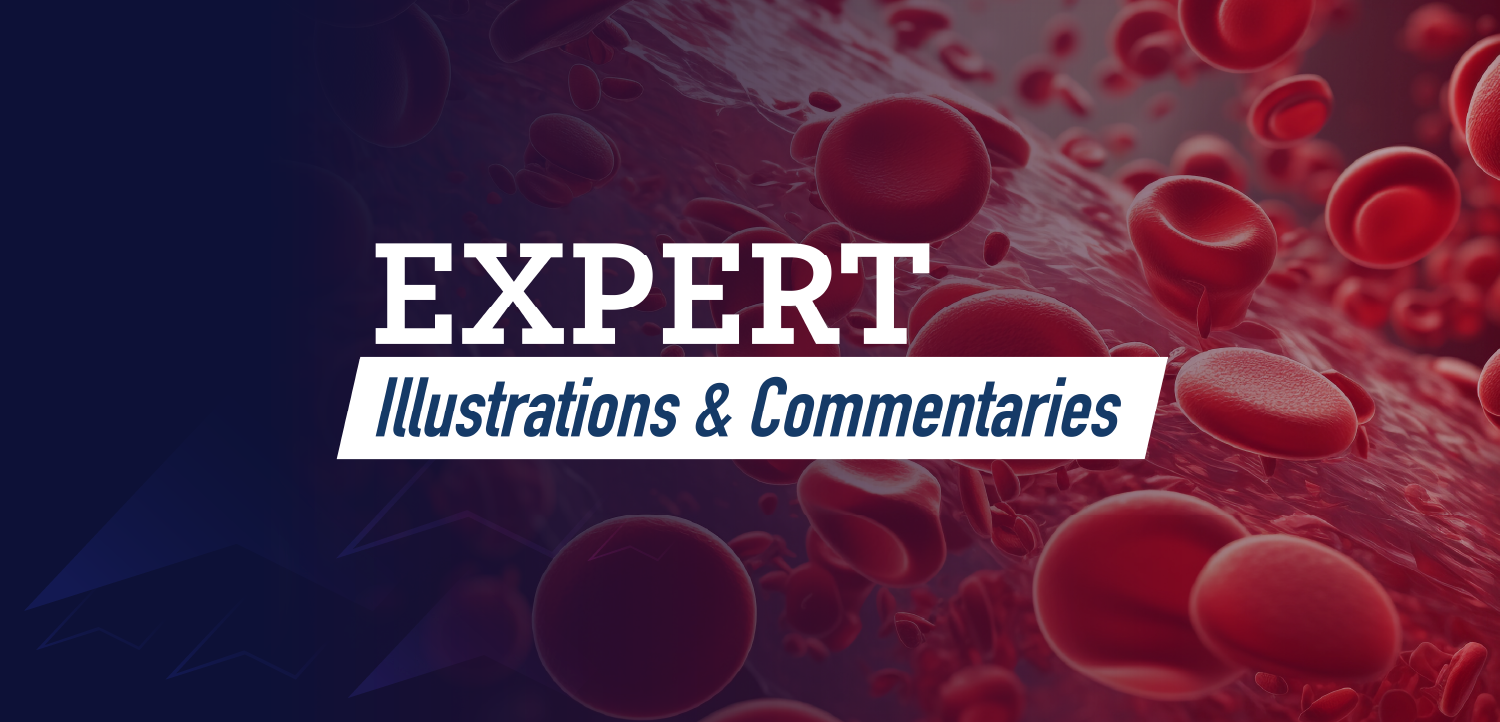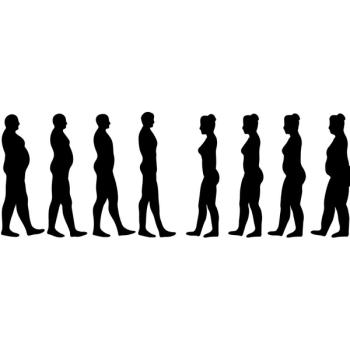
Botox Smooths Forehead Scars
ROCHESTER, Minn. -- Botox (botulinum toxin A), that versatile arrow in the plastic surgeon's quiver, appears to help forehead wounds heal with reduced scarring.
ROCHESTER, Minn., Aug. 9 -- Botox (botulinum toxin A), that versatile arrow in the plastic surgeon's quiver, appears to help forehead wounds heal with reduced scarring.
Compared with placebo-treated wounds, those treated with the muscle-paralyzing toxin were rated nearly two points better in appearance on a 10-point scale by facial surgeons, according to Holger Gassner, M.D., formerly of the Mayo Clinic and now at the University of Washington in Seattle.
"To our knowledge, the current study is the first randomized, placebo-controlled, prospective trial to investigate the effect of chemoimmobilization on the eventual cosmetic appearance of incisional and traumatic facial wounds," Dr. Gassner and colleagues reported in the August issue of Mayo Clinic Proceedings.
The study enrolled 31 adult patients who presented to the Mayo Clinic emergency department with traumatic forehead lacerations or who had elective excision of cutaneous neoplasms on the forehead during 2002 to 2004. After wound closure according to standard clinical practice, the patients were randomized to Botox injections or placebo saline injections around the wound site.
Two facial surgeons, blinded to whether patients were in the placebo or treatment group, evaluated photographs of the wounds taken six months after closure.
On a scale of 0 (worst appearance) to 10 (best appearance), the facial surgeons gave the placebo group an average rating of 7.2 and the treatment group an average of 8.9 (P=0.003). The evaluators' ratings agreed 89% of the time.
Continuous muscle movement around a wound during the healing process induces a prolonged inflammatory response and metabolic activity that results in a pronounced scar. But Botox paralyzes the muscle around the wound and inhibits this process, the investigators said.
Although one placebo patient reported persistent mild headaches, no complications or adverse events occurred in the treatment group, the researchers said.
The researchers limited the study to forehead wounds because previous data suggested Botox would be safe and effective in this area of the face, they said.
"In light of previous data and the common use of botulinum toxin in the face, the treatment of facial wounds with botulinum toxin appears to be safe in the hands of an experienced surgeon," the researchers said.
"We believe that these data justify the use of chemoimmobilization in selected patients concerned with the eventual appearance of a facial wound," they said.
"As with every new concept in medicine, more and potentially multicentered trials with long-term follow-up are needed to solidify the current data and to expand the indications of chemoimmobilization to other areas of the face, neck, and body," they said. "Different brands and serotypes of botulinum toxin may be studied for use in cutaneous wound healing."
Botox is made by Allergen, but the study was supported by a grant from the Mayo Foundation. Mayo Medical Ventures has applied for intellectual property on the presented method.
In 1989, Botox was approved by the FDA to treat two eye muscle disorders -- uncontrollable blinking (blepharospasm) and misaligned eyes (strabismus). In 2000, Botox was okayed to treat cervical dystonia, a neurological movement disorder causing severe neck and shoulder muscle contractions.
In 2002, Botox received the FDA green light to temporarily improve the appearance of moderate to severe frown lines between the eyebrows. Most recently, in July 2004, Botox was approved to treat severe primary axillary hyperhidrosis.
Newsletter
Enhance your clinical practice with the Patient Care newsletter, offering the latest evidence-based guidelines, diagnostic insights, and treatment strategies for primary care physicians.

















































































































